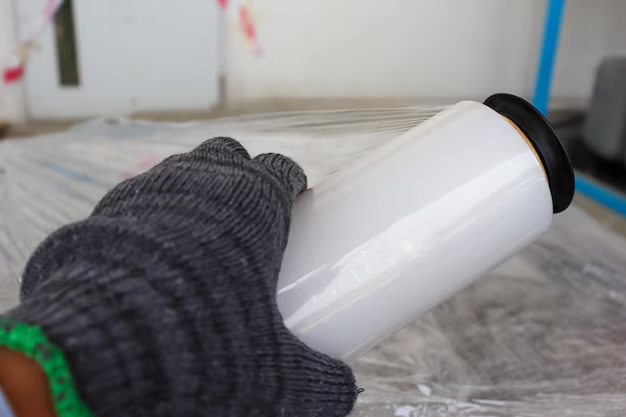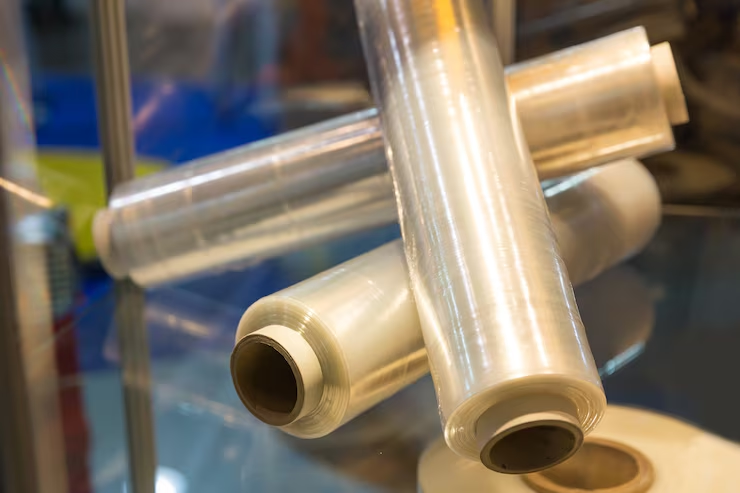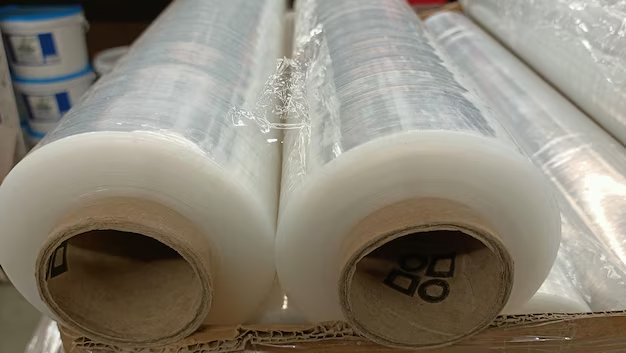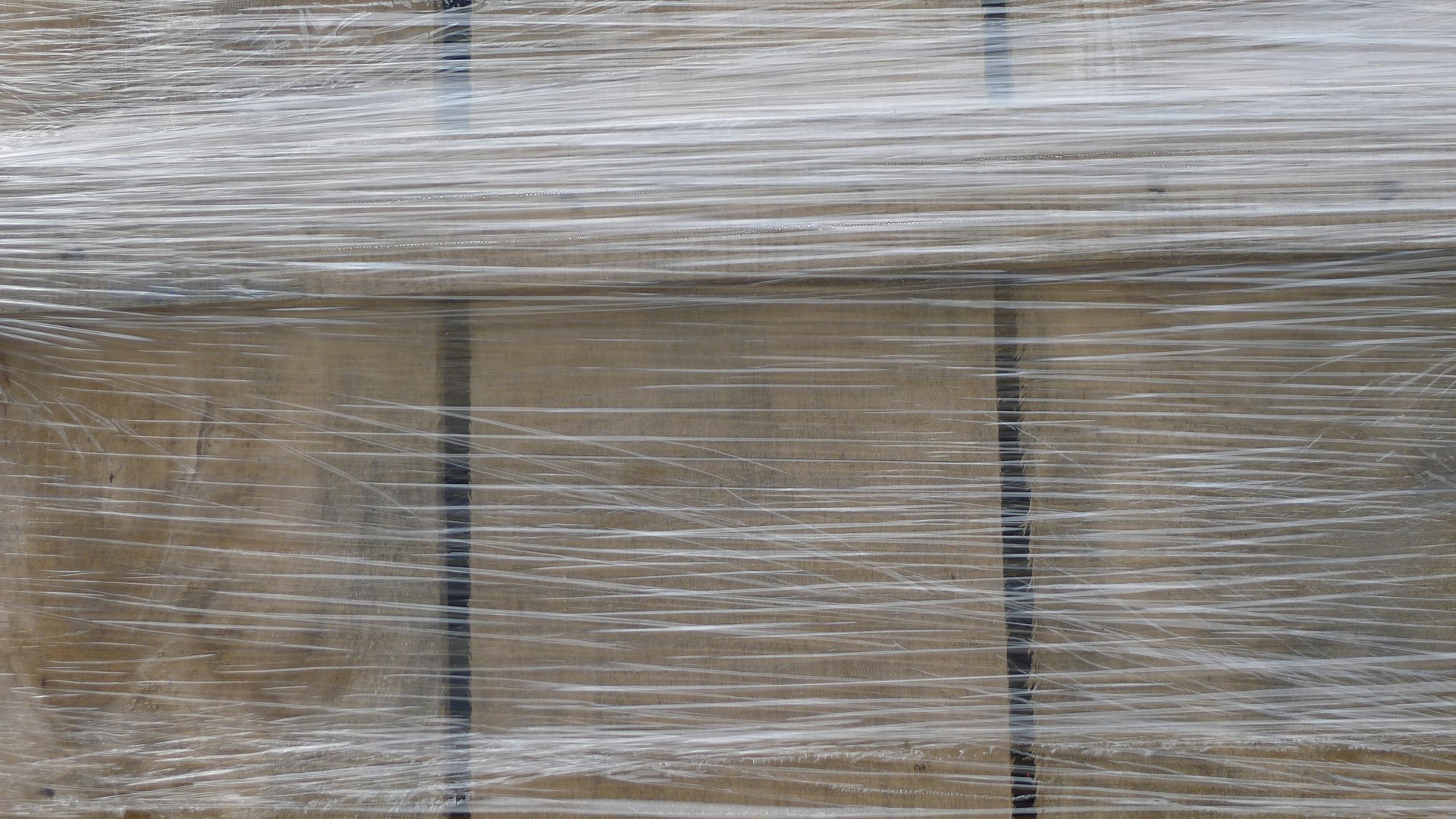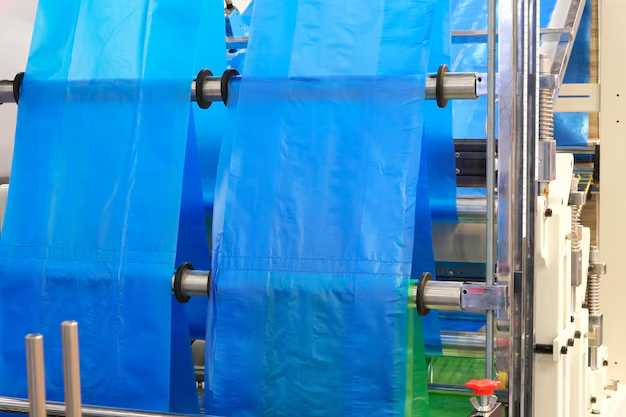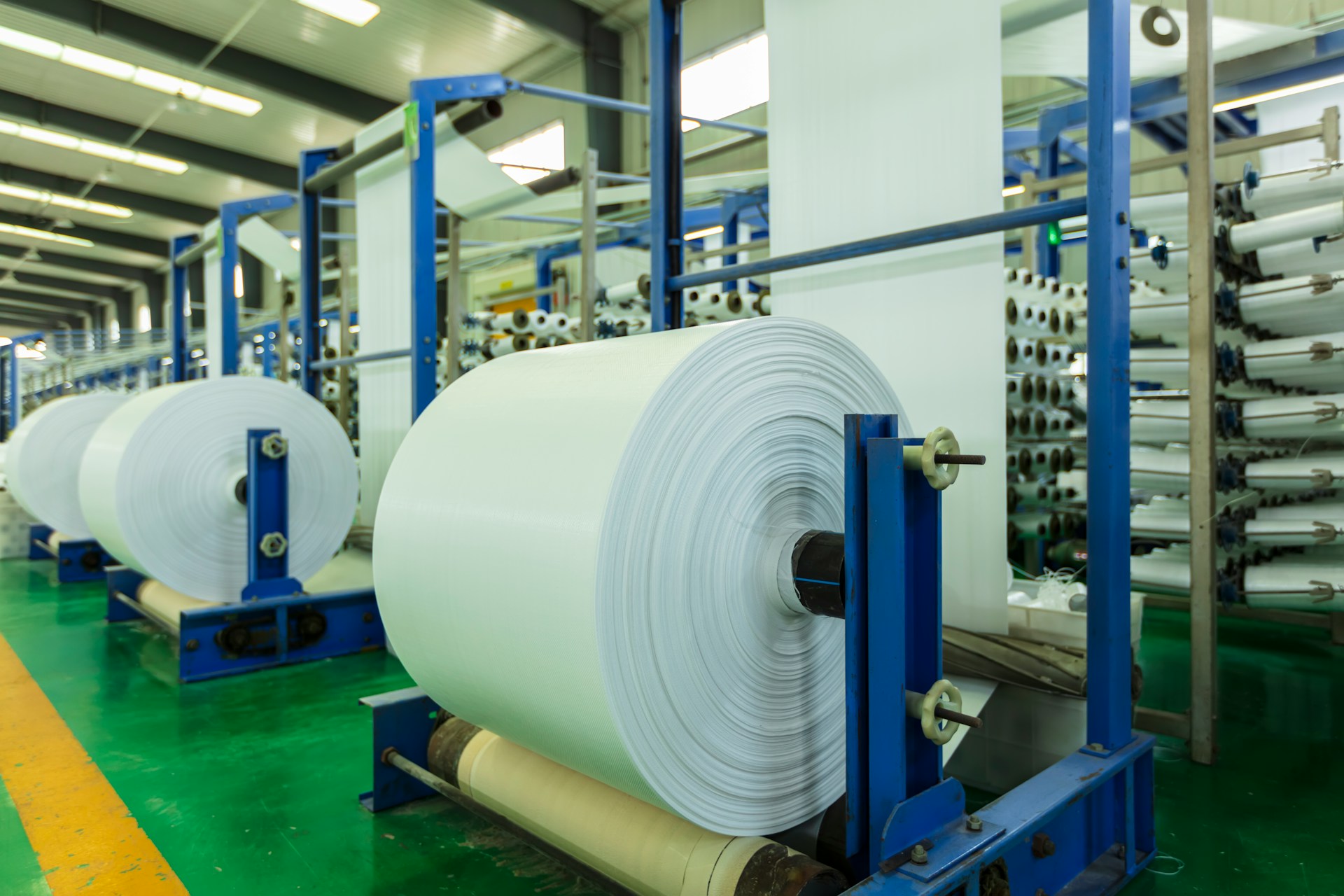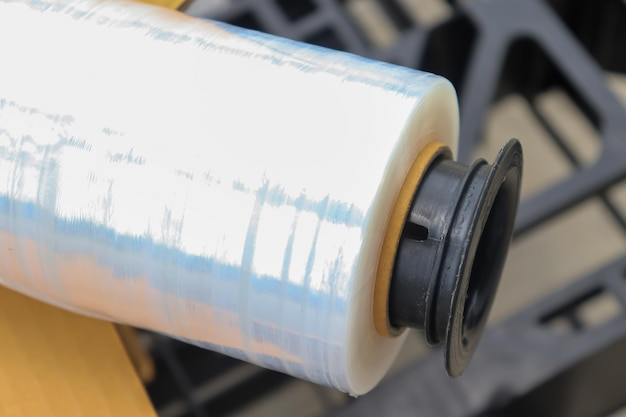SMC film plays a big role in molded part production, where consistency and surface quality matter. Used as a barrier film in compression molding, it forms a smooth outer layer that keeps parts clean and easy to demold. When the film stays clean, it seals tightly, separates cleanly, and produces a consistently smooth finish. But the moment that film gets contaminated, quality can slip quickly.
Contamination slows down production and often leads to noticeable part defects. Oil marks, scratches, or fine dust buildup can disrupt the surface of molded components. These small problems can create big issues such as rejected pieces, lost time, or rushed rework. By the fall season, when seating and molded part production starts to pick up for next year’s builds, keeping your film clean isn’t optional. It’s something every line relies on.
Understanding SMC Film Contamination
Contamination can happen without warning and often comes from small, overlooked sources. Even tiny particles can leave behind raised marks, trapped bubbles, or texture changes that lower the quality of the final product. Some materials might not be visible to the eye but still affect performance.
Common sources of SMC film contamination include:
– Dust kicked up from machinery or foot traffic
– Dirt or grease from bare or unclean hands
– Dried residue on old rollers or carts
– Particles in the air from cutting or sanding nearby
– Leaking oil from presses or misaligned nozzles
It doesn’t always take a big mistake to cause a problem. A worker who handles the film with oily gloves might leave a mark that ruins several feet of it. A printing fan left running too close to the storage area can send dust right onto exposed film. Materials stored nearby can even release gases that settle onto the surface over time.
Signs don’t often show until parts are being pulled from molds or inspected. If your team starts seeing more bubbles, marks, or surface inconsistencies, it makes sense to check the condition of the SMC film first.
Best Practices For Preventing Contamination
The best way to fight contamination is to stay ahead of it. Preventing exposure to dust, oils, or unclean machinery helps keep production moving smoothly. Start by controlling how the film is stored, handled, and used.
1. Store film in clean, designated areas
– Keep film away from operations like trimming and sanding
– Use pallets or racks to avoid contact with floors
– Cover stored rolls when not in use
2. Seal and protect film during downtime
– Put plastic sleeves or protective wraps over rolls
– Never leave exposed rolls unwrapped at the end of the day
– Tape the ends when a roll is paused during use
3. Keep the workspace clean
– Sweep floors and wipe down high-contact surfaces
– Remove clutter that can collect or release dust
– Set up fans and filters to control nearby airflow
4. Stick to an equipment cleaning routine
– Wipe down rollers and press plates daily
– Check nearby machinery for leaking fluids
– Inspect film applicators for buildup or rough edges
When these steps are followed daily, the chances of contamination shrink a lot. SMC film that stays clean means better part finishes and less worry about delays, especially during high-demand production months.
Handling SMC Film Safely
Beyond storing and cleaning the film well, how your team handles it will determine the overall quality that leaves your line. Small scratches or smudges from improper handling often go unnoticed until it’s too late.
Start with proper training. Everyone handling film should know the safe way to lift, transport, and load it onto machines. Only allow trained employees to touch exposed film. That one change reduces a lot of accidental damage right away.
Require clean protective gear. Gloves should be dry and free from oil or chemicals. Some crews improve results by switching to lint-free gloves to avoid stray fibers landing on the surface.
Manual handling needs special care. Don’t let film make contact with dirty carts or tables. When a roll is moved by hand, make sure it doesn’t drag or slide on any rough surface.
For teams using automated systems, make regular checks to prevent hidden damage. Watch for scratches from misaligned guides, rough rollers, or debris in moving parts. Unusual noise, uneven pulls, or sudden jerks can signal that a film feeder is due for a cleanup or adjustment.
Here’s a real-world example: at a mid-size seating manufacturer, finish issues kept appearing during one production run. The team traced the cause to a worn-out cart used during loading, which had a small burr that was dragging across the film. Replacing that cart cleared up the issue almost right away and spared them more problems during future runs.
Responding to Contamination Quickly
Contamination can slip through even the best routines. What’s important is how fast your team spots it and reacts. Catching a small problem early can save an entire batch from being scrapped.
Watch for common warning signs, like:
– Film surface feels sticky, oily, or overly dusty
– Release problems during molding or tearing when demolding
– New odors coming from the film roll
– Unusual scuffs or spots on completed parts
If something feels off, pause the film and inspect it directly. Look over any surface the film passed over recently. Wipe rollers, check for oil drips, and clean up anything that looks like a risk zone.
Some mild surface problems can be fixed by trimming off sections or cleaning with a soft, approved wipe. But heavier contamination like oil saturation or chemical smells should lead to stopping the roll’s use altogether. Trying to fix film that has serious damage usually wastes more time and money than replacing it.
Building Clean Habits Into Daily Production
A clean workspace is the best support system for smooth production. Training, inspection, and a little planning ahead can limit surprises and allow your team to produce consistently strong parts.
Here are a few habits to reinforce:
– Review training often and update it frequently
– Keep film covered and lifted off the floor
– Note areas on your production floor where dirt or oil builds up
– Track patterns in contamination to prevent repeat issues
– Don’t ignore strange surface results on your parts
Clean systems reduce stress on your workers and your production goals. When your plant is organized to protect your SMC film, the whole operation becomes easier to manage. No one wants surprise rework during peak production months.
Staying consistent takes effort, but once routines are in place, the results speak for themselves. Your team will spend less time chasing problems and more time keeping builds on schedule. Clean SMC film doesn’t just protect your parts—it protects your productivity too. Whether you’re getting ready for a seasonal ramp-up or improving your current runs, these habits keep things moving the right way.
If you’re looking to enhance your production process and ensure high-quality results, let Markley and Associates assist you. Explore our SMC film options designed to meet your needs, whether you’re producing seating for boats, buses, or other vehicles. Our team is ready to provide tailored solutions and support, helping you maintain reliability and efficiency on your production line. Reach out today to see how we can help streamline your operations.

